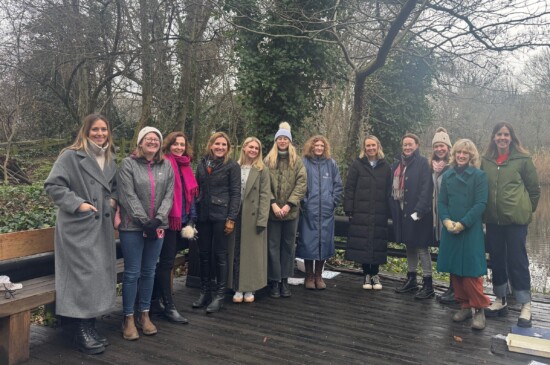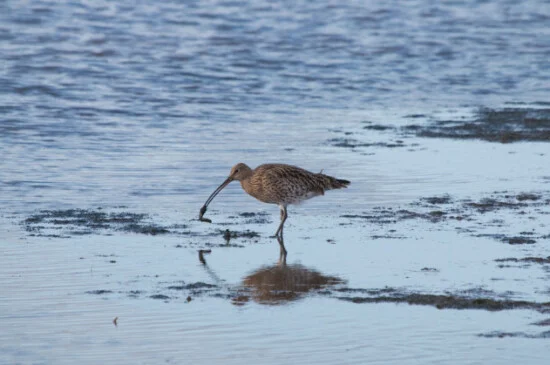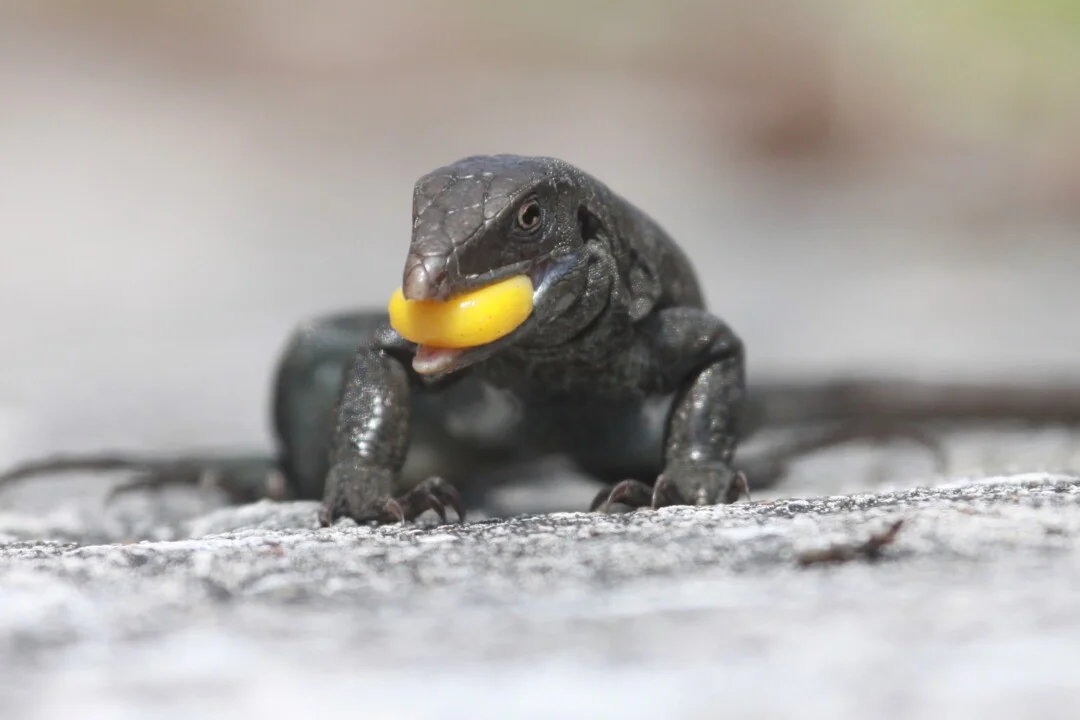
Guest blog: Fauna & Flora helps save Sombrero – a unique Caribbean wildlife haven
- Environment
Today’s guest blog is from Fauna & Flora. A major grant in 2019 has helped the charity and its local network of partners to restore Sombrero Island, which is part of Anguilla. Read on to learn more about the work KCCF funding has made possible over the last five years.
The Caribbean is one of the world’s greatest centres of biodiversity, with over 10,000 species that occur nowhere else. In fact, the region ranks in the top three of the world’s 36 biodiversity hotspots in its astonishing wealth of unique, endemic species. But the region has also suffered among the highest extinction rates in modern history. Sombrero Island – a remote Caribbean island and British Overseas Territory with species found nowhere else on earth – has been brought back from the brink of ecological collapse thanks to a groundbreaking conservation project spearheaded by Anguillan conservationists and a Caribbean alliance between Fauna & Flora (supported by KCCF) and US conservation organisation Re:wild.
Caribbean islands represent only 0.16% of the Earth’s land area but have accounted for 10% of the world’s bird extinctions, 38% of mammal extinctions and over 65% of reptile extinctions since the year 1600.
For the past three decades, Fauna & Flora and our partners in the Caribbean have been working to halt and reverse that depressing historical trend, often focusing on places and species that are largely unknown to the wider world.
Tiny Sombrero Island, 34 miles north-west of Anguilla, measures a mere 38 hectares. This miniature ecosystem harbours several threatened species that are unique to the island, including the Sombrero ground lizard, the Sombrero Island bee, and the Sombrero Island wind scorpion, a fearsome-looking – but harmless – spider-like invertebrate. It also supports globally significant seabird colonies and is designated as an Important Bird Area.
Tackling duel threats
Sombrero’s biodiversity faces two main threats: climate change, which has increased the frequency and intensity of hurricanes in the region, and invasive species, which upset the ecological balance of the island. Native species have evolved to cope with the storm surges and damage that hurricanes bring, but not with aggressive invaders that eat or outcompete them. By the time conservationists intervened, the populations of native plants and animals were already in a precarious state due to the presence of mice on the island. These invasive rodents prey on the native reptiles and insects, and even seabird eggs and chicks, as well as reducing vegetation cover by consuming the seeds and roots of plants.
Some of the native wildlife – their numbers already reduced by the invading mice – have already suffered major population shocks as a result of hurricanes. With numbers so low, the risk that the next big storm could wipe out entire species was high.
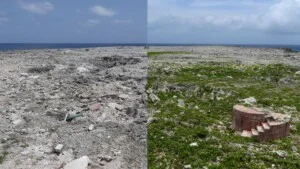
Locally driven recovery
The mission to protect Sombrero’s precious wildlife has met with great success. A concerted effort by Fauna & Flora’s local partner Anguilla National Trust to eradicate the invasive mice in 2021 led to the island being officially declared ‘mouse-free’ the following year. Removing the mice has allowed the native species to rebound – and given them the best possible chance of surviving the onslaught of climate change-driven storms.
Reptile resurgence
Severe hurricanes in 1995 and 2018 had reduced the global population of the Sombrero ground lizard to fewer than 100 individuals. Since the removal of invasive mice and the consequent recovery of the island’s vegetation, those numbers have risen rapidly. A follow-up census carried out in June 2024 recorded an astonishing 1,660 individuals of this critically endangered reptile, found only on the remote island after which it is named. However, the threat of more frequent and extreme storms means the species remains at risk of extinction.
Consolidating Sombrero ground lizard gains
With support from Fauna & Flora and Re:wild, Anguilla National Trust is also helping Sombrero’s natural vegetation to recover by planting native species to speed up regeneration. It is hoped that this process will restore the landscape to a greener, healthier ecosystem, protecting the island’s soils and its wildlife from storm surges, making it more resilient to the effects of climate change. The initial signs are encouraging, with native plants such as sea bean, spider lily and prickly pear already showing healthy new growth.
“The vegetation restoration is about establishing a more secure future,” said Anguillan conservationist Devon Carter, a research assistant with Anguilla National Trust. “The more diversity you have in terms of the vegetation, the more resilient it will be to a changing climate. Already, the island is looking greener and healthier. In the future we hope to see a whole different landscape and much more wildlife.”
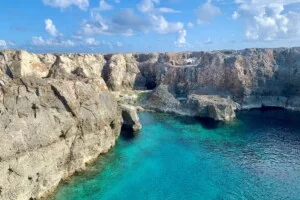
Caribbean-wide impact
The Sombero project is just one of the many successful offshore island restorations carried out by Fauna & Flora and Re:wild and their wide network of local partners, all of which have swiftly led to impressive improvements in vegetation cover and the recovery of numerous native species. The Caribbean alliance formed by the two organisations has made great strides in restoring island biodiversity by promoting and supporting ecosystem restoration throughout the region.
